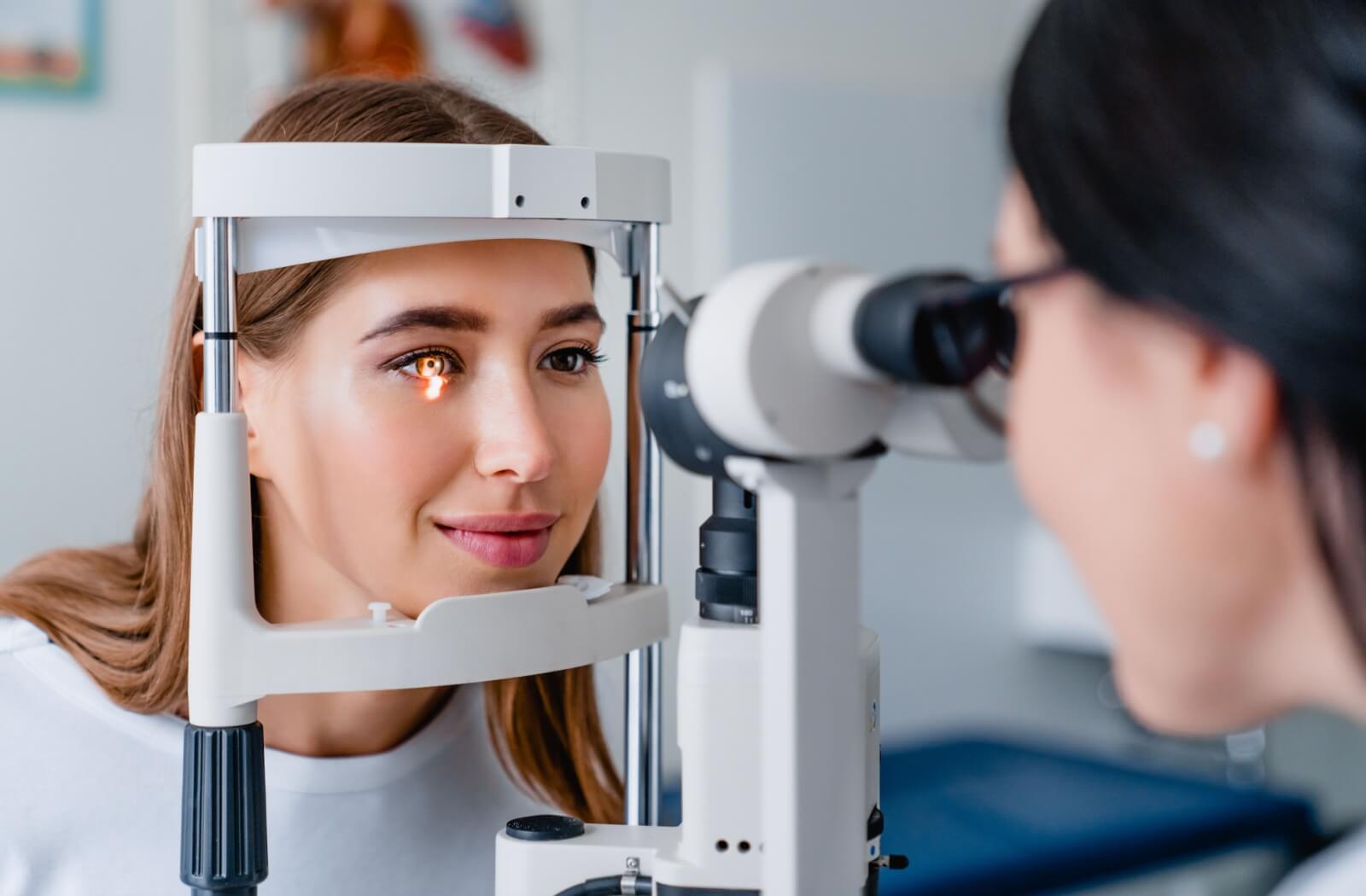All Categories
Featured
Low vision, a condition where conventional glasses, call lenses, or surgical procedure can not completely bring back sight, can make day-to-day tasks challenging. The good news is, reduced vision recovery uses a series of resources to aid people preserve their self-reliance and lifestyle. This write-up checks out the options readily available for those seeking support in managing their visual problems.
What Is Low Vision Rehab?
Reduced vision recovery is an organized approach to assist people optimize their continuing to be vision and adapt to new ways of performing daily tasks. Professionals collaborate with patients to develop tailored techniques, incorporating tools, strategies, and training programs that suit their unique needs.
![]()
Key Options for Reduced Vision Recovery
Vision Enhancing Gadget
Optical Aids: Tools like magnifiers, telescopic glasses, and unique analysis lenses can enhance clearness for analysis, creating, and other close-up tasks.
Electronic Aesthetic Aids: Devices such as electronic magnifiers and mobile video clip magnifiers provide flexible zoom capacities for different jobs.
Wearable Modern technology: Smart glasses furnished with video cameras and voice feedback deal cutting-edge options for improving vision.
![]()
Assistive Technology
Screen viewers, text-to-speech applications, and tools with voice commands make modern technology accessible for individuals with reduced vision.
Mobile phone applications, such as navigation aids and object recognition devices, help users communicate with their surroundings better.
Educating and Therapy
Alignment and Wheelchair Training: Specialists educate abilities for navigating areas securely, consisting of using white walking canes or overview pets.
Daily Living Skills Educating: Rehabilitation programs supply strategies for food preparation, cleansing, and personal treatment, making sure that individuals can execute essential tasks separately.
Aesthetic Abilities Educating: Exercises made to enhance the use of staying field of vision can boost visual performance.
Environmental Adjustments
Adjustments to living or workspaces can substantially improve availability. Instances consist of:
Installing brighter lights.
Including high-contrast markings to home appliances.
Arranging furnishings to develop clear paths.
Support Networks
Emotional and mental assistance is a crucial component of rehabilitation. Support system, therapy sessions, and counseling services can aid individuals manage the difficulties of vision loss.
![]()
Peer networks link people with comparable experiences, promoting a sense of community and shared understanding.
Exactly How to Access Reduced Vision Recovery Services
Low vision rehabilitation services are frequently supplied by:
Reduced Vision Clinics: Operated by eye doctors and ophthalmologists concentrating on vision disabilities.
Work-related Therapists: Experts in adjusting environments and tasks to match individual needs.
Nonprofit Organizations: Groups such as the American Foundation for the Blind (AFB) or regional loss of sight assistance companies use valuable resources and recommendations.
Final Thought
Low vision recovery gives a selection of resources customized to enhance capability, increase self-confidence, and improve top quality of life. If you or a liked one is encountering the challenges of reduced vision, consider getting to out to a specialist or rehabilitation center to discover the numerous choices available.
What Is Low Vision Rehab?
Reduced vision recovery is an organized approach to assist people optimize their continuing to be vision and adapt to new ways of performing daily tasks. Professionals collaborate with patients to develop tailored techniques, incorporating tools, strategies, and training programs that suit their unique needs.

Key Options for Reduced Vision Recovery
Vision Enhancing Gadget
Optical Aids: Tools like magnifiers, telescopic glasses, and unique analysis lenses can enhance clearness for analysis, creating, and other close-up tasks.
Electronic Aesthetic Aids: Devices such as electronic magnifiers and mobile video clip magnifiers provide flexible zoom capacities for different jobs.
Wearable Modern technology: Smart glasses furnished with video cameras and voice feedback deal cutting-edge options for improving vision.

Assistive Technology
Screen viewers, text-to-speech applications, and tools with voice commands make modern technology accessible for individuals with reduced vision.
Mobile phone applications, such as navigation aids and object recognition devices, help users communicate with their surroundings better.
Educating and Therapy
Alignment and Wheelchair Training: Specialists educate abilities for navigating areas securely, consisting of using white walking canes or overview pets.
Daily Living Skills Educating: Rehabilitation programs supply strategies for food preparation, cleansing, and personal treatment, making sure that individuals can execute essential tasks separately.
Aesthetic Abilities Educating: Exercises made to enhance the use of staying field of vision can boost visual performance.
Environmental Adjustments
Adjustments to living or workspaces can substantially improve availability. Instances consist of:
Installing brighter lights.
Including high-contrast markings to home appliances.
Arranging furnishings to develop clear paths.
Support Networks
Emotional and mental assistance is a crucial component of rehabilitation. Support system, therapy sessions, and counseling services can aid individuals manage the difficulties of vision loss.

Peer networks link people with comparable experiences, promoting a sense of community and shared understanding.
Exactly How to Access Reduced Vision Recovery Services
Low vision rehabilitation services are frequently supplied by:
Reduced Vision Clinics: Operated by eye doctors and ophthalmologists concentrating on vision disabilities.
Work-related Therapists: Experts in adjusting environments and tasks to match individual needs.
Nonprofit Organizations: Groups such as the American Foundation for the Blind (AFB) or regional loss of sight assistance companies use valuable resources and recommendations.
Final Thought
Low vision recovery gives a selection of resources customized to enhance capability, increase self-confidence, and improve top quality of life. If you or a liked one is encountering the challenges of reduced vision, consider getting to out to a specialist or rehabilitation center to discover the numerous choices available.
Latest Posts
Smooth Aluminum Seamless Gutters: The Smart Choice for Your Home
Published May 26, 25
1 min read
Join WyHy FCU – Top Benefits for Your Money Goals
Published May 26, 25
1 min read
Learn Why Chicago Drivers Prefer Montclare Auto Repair for Reliable Service and Huge Savings
Published May 25, 25
1 min read
More
Latest Posts
Smooth Aluminum Seamless Gutters: The Smart Choice for Your Home
Published May 26, 25
1 min read
Join WyHy FCU – Top Benefits for Your Money Goals
Published May 26, 25
1 min read
Learn Why Chicago Drivers Prefer Montclare Auto Repair for Reliable Service and Huge Savings
Published May 25, 25
1 min read